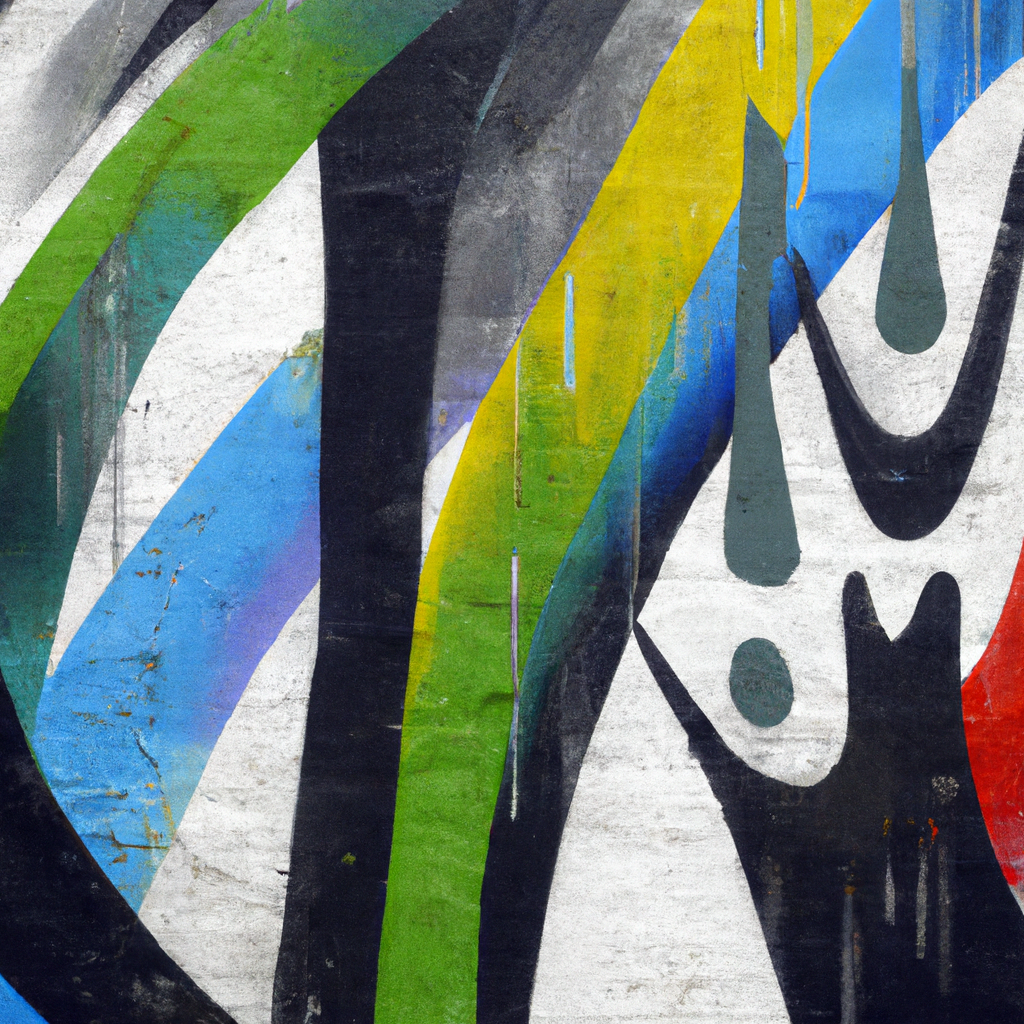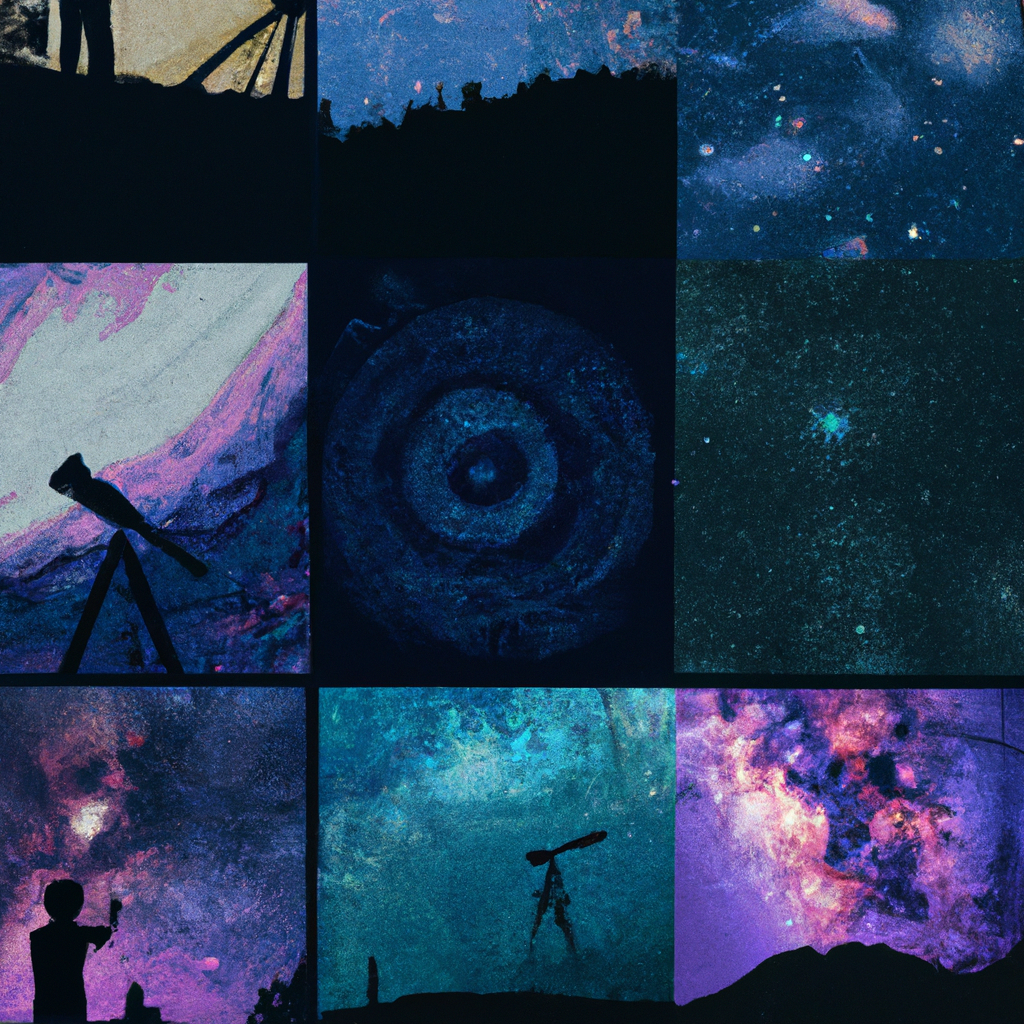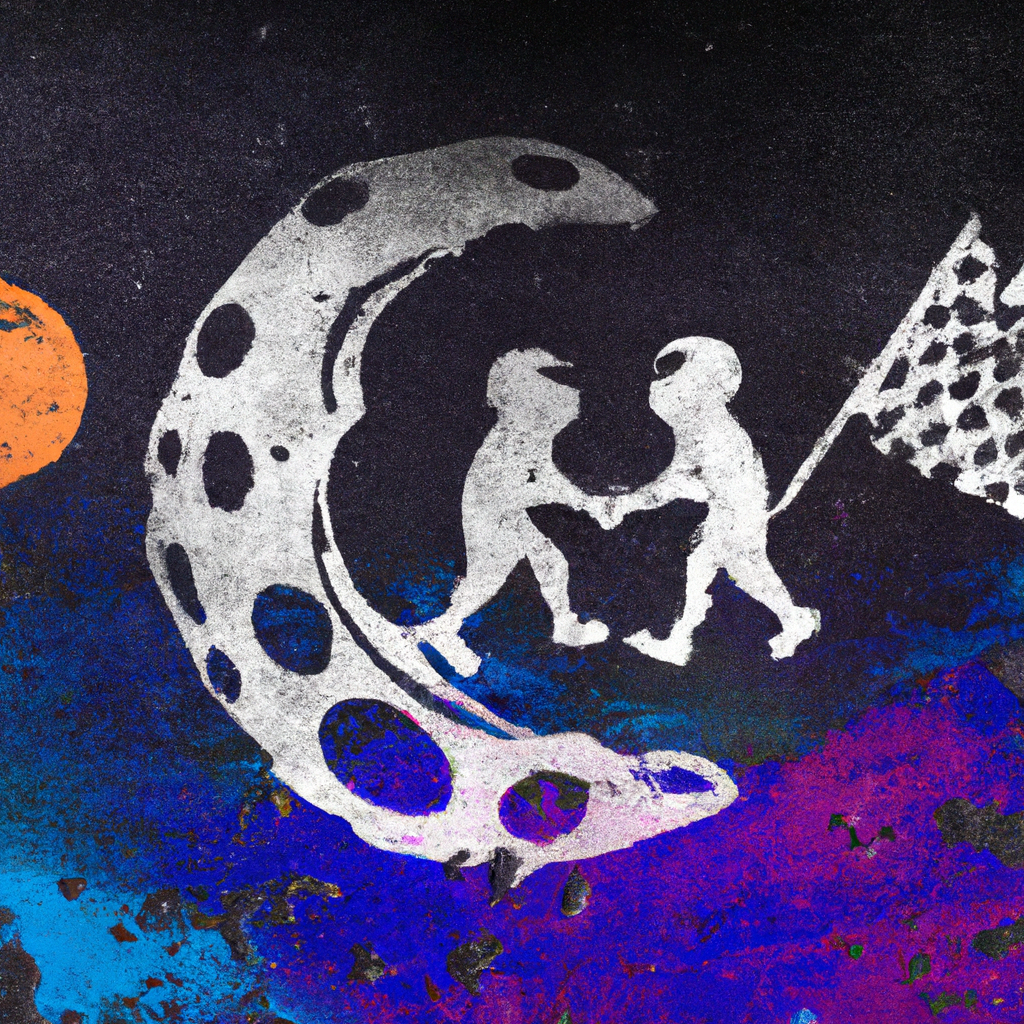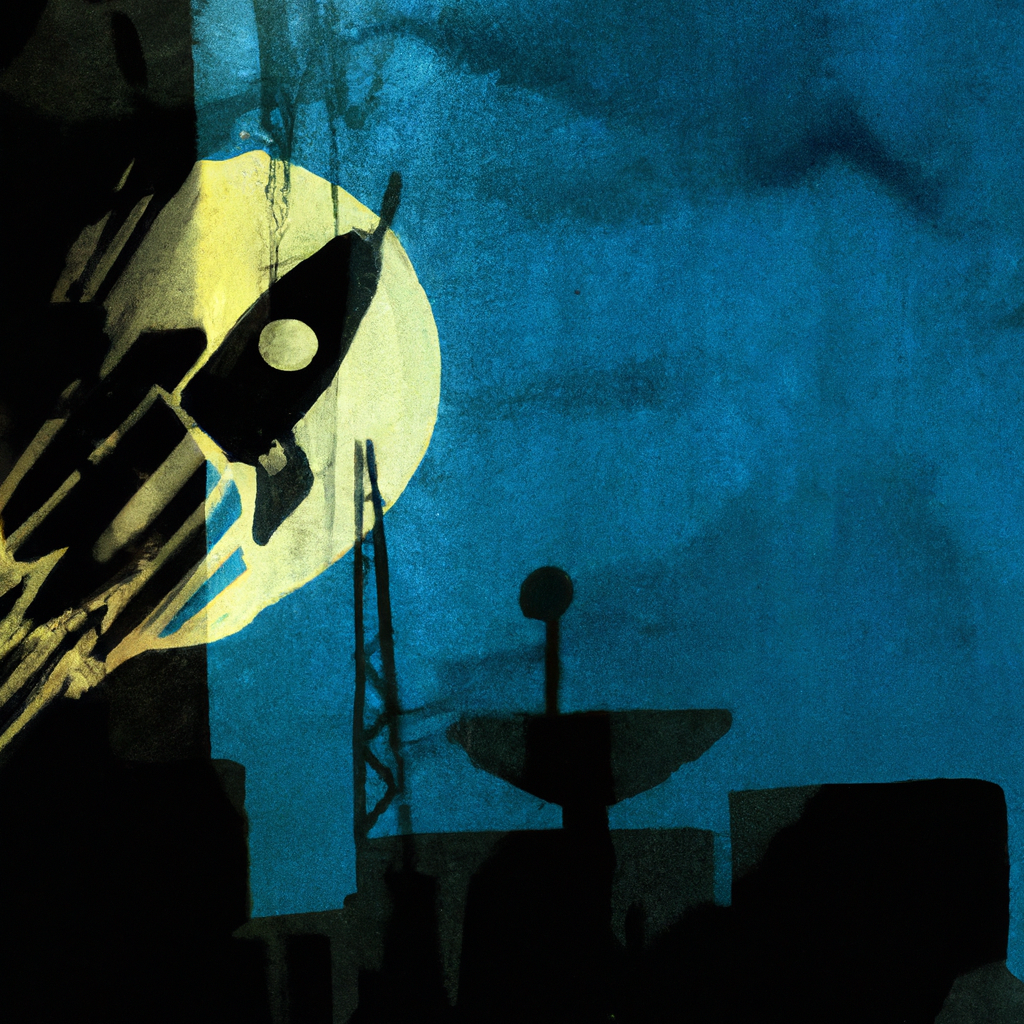 by Ben Carson, October 2015
by Ben Carson, October 2015
The phrase “breaking the fourth wall” is used in theatre to refer to an actor who acknowledges the audience, shattering the illusion that the characters on stage exist in a story world, unaware of our presence.
It could be a gesture, a soliloquy or a look. I saw 2001: A Space Oddyssey this week (thanks to the Prince Charles Cinema, Leicester Square), a film with several examples of the last the of these. They make for an odd (and beautiful) collection that don’t stick out as sharply as those in, for example, Ferris Bueller

or Psycho:

For example this shot where HAL, the ship’s computer that may or may not be intelligent, meets the camera lens-to-lens:

This shot of Dave, his eyes locked on his dying friend and colleague who is somewhere through the screen behind us:

Or this shot, where we seem included as HAL and Dave stare each other down:

There’s a distinction we should make. These are looks to camera, but they exist within the story world. We feel that the camera has been placed in front of Dave or in front of HAL rather than those characters turning to us, knowing we’re there. Certainly in the case of Dave, anyway.
But as the film closes there is a progression of shots of Dave’s face that gradually abstract his features, particularly his eye. As Dave watches the extraordinary landscape he finds near Jupiter his eyes seem focussed closer to the screen, closer to us. Although the eye becomes more abstracted, more similar to HAL’s eye, it also seems to look at us more knowingly and with more recognition:




And finally, when we meet the Star Child it gives us a look that unmistakably sees us.

This progression is beautiful and also shows an astonishingly varied approach to the often heavy-handed break of the fourth wall. Here the layers seem to be peeled back gradually rather than pierced as one. This changes the impact of the definitive breaking of the wall when it comes. It feels like we are being placed within the story world rather than it in ours; we are dragged into its aesthetics and web of symbols (intelligence, death, horror, awe and beauty). This allows the film to deliver an incredibly powerful ending, transforming our perspective from a cinema-goer sat in front of a screen to a tiny being in an enormous universe that moves slowly and unstoppably around us.





